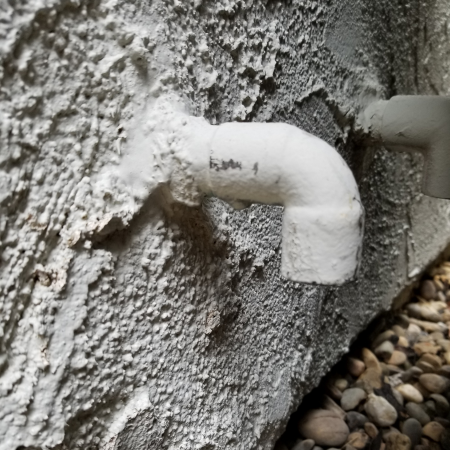Staying cool during the hot summer months is essential; and your air conditioner plays a crucial role in achieving that. However, it needs proper maintenance to ensure it functions well and lasts for years to come.
The experts at City Plumbing have put together 5 simple steps that anyone can follow to maintain their air conditioner. Doing so allows you to keep your unit running smoothly and efficiently, avoiding any costly repairs or replacements.
1. Change the air filter
Every 1-3 months, it is essential to change the filter in your air conditioning unit to properly maintain it. The air filter plays an integral part as it helps to eliminate pollutants like dust, pollen, and debris from building up.
Suppose that, over time, the filter becomes dirty and is not replaced. In that case, airflow is restricted, forcing the air conditioner to operate harder and use more energy. This can also result in much poorer air quality in your home.
The filter is usually found at the front of the air con unit, a small rectangular panel held in place by screws or clips. To change it, simply use a screwdriver or pliers to remove the screws. Once they have been removed, you can pull the filter out of the unit and replace.
2. Inspect and clean the coils
To ensure your air conditioning unit lasts longer and operates efficiently, cleaning the evaporator coil every six months is essential. The coils transfer heat from the refrigerant to the outside air and can be found on the side or back of the unit. Dust and remnants can collect on the coils over time, causing the unit to work twice as hard, reducing efficiency.
Here is a quick how to guide on how to clean the coils;
- Shut off the power
- Brush the coils
- Fix the fins
- Use a coil foam spray to clean the coils
- Rinse the coils
- Fix the coils back onto the unit

3. Examine the condenser
The fan in the condenser unit is a crucial part of any air conditioning system. Its primary function is to eliminate heat from the condenser coils, which transfer heat from the refrigerant to the air outside.
If the condenser unit fan is not functioning correctly, the condenser coils may overheat and cause the air conditioner to malfunction, resulting in insufficient cooling in and around your home.
It is essential to watch out for signs that indicate your fan is not working correctly, such as;
- The air conditioner is not cooling your home as well as it used to.
- The condenser unit makes a lot of noise and is hot to the touch.
- The fan is not spinning as it should.

4. Check the condensate drain
If you own an air conditioner, it is vital to check the condensate drain pipe once in a while because, over time, the drain line will become clogged from dirt and debris, meaning one way or another, you will come home to water damage in your home when you least expect it.
To check the condensate drain pipe, first, you must identify the pipe that runs from the indoor to the outdoor unit, typically a white PVC pipe with an open end that allows water to drain. Next, you must find the access point, a T-shaped fitting with a cap on top.
Using a flashlight, you can inspect the drain line for any blockages or large pieces of debris. Remove any clogs by hand; if the drain is still clogged, mix a solution consisting of 1 cup of distilled white vinegar, bleach and hot water. Pouring this into the drain will break down existing blockages and kill mould or algae.
If flushing the condensate drain didn't work, you can use a Wet-Dry Hoover to try and clear the blockage. Place the hose over the open end of the drain line and seal the gap using a rag or tape. Let the Hoover run for a few minutes to allow the blockage to clear.
5. Seek professional servicing
It's crucial to have your air conditioning unit serviced annually to ensure it runs smoothly and lasts for many years. Contacting the manufacturer for professional advice is recommended, as they may arrange a visit to inspect and test the unit, and it's likely covered under warranty.
In addition to the steps above, it is also good practice at the start of the colder months to cover the outdoor unit of the air conditioner. This precautionary measure will help protect the unit from the winter weather and against any unwanted debris.
By following these 5 easy steps, you can ensure your air conditioning system will operate flawlessly and effectively for many summers to come.
If you need further guidance, get in touch with our team or contact your local City Plumbing branch by using our branch locator.
Other articles

Which Air Conditioner should I buy? - Air Conditioning Buying Guide
28 Apr 2023 ・ 6 mins

Air Conditioning FAQs & Guidance
24 Apr 2023 ・ 4 mins

Should You Lower Your Boiler Temperature?
18 Oct 2022 ・ 6 mins

The Many Benefits of 'Green Plumbing'
22 Aug 2022 ・ 7 mins



